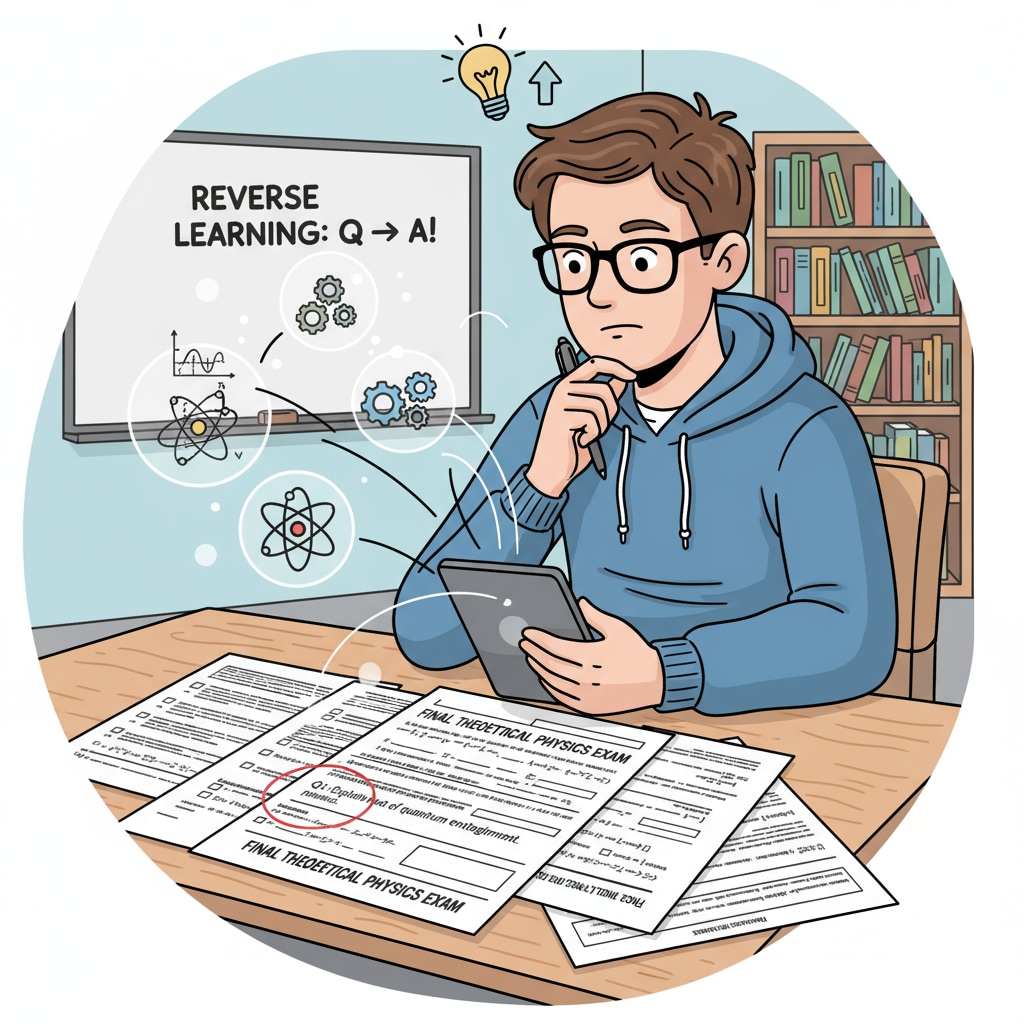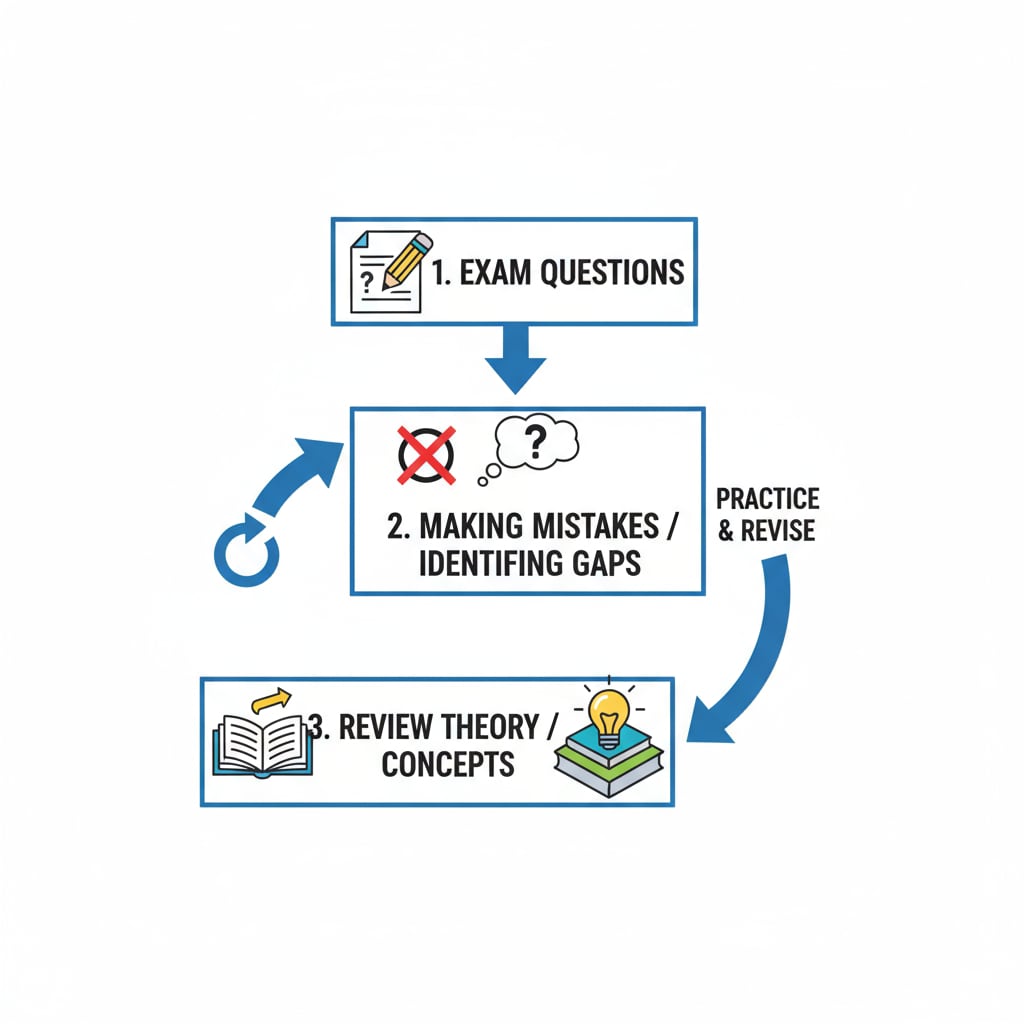Learning methods for theoretical subjects can be particularly challenging for those with attention deficits. However, there’s a unique approach that can turn the tables. The “Reverse Learning Method” is a game-changer for practical learners, revolutionizing the way they approach theoretical knowledge.

The Reverse Learning Method Unveiled
The Reverse Learning Method flips the traditional learning model on its head. Instead of starting with theoretical concepts, it begins with exam questions. This approach is especially beneficial for practical learners who struggle to focus on abstract theories. By diving straight into questions, they can see the real-world application of the theory, making it more tangible and engaging. For example, in a history class, instead of reading long chapters about historical events first, students can look at exam questions that require analyzing those events. This way, they are immediately engaged in problem-solving, which is more in line with their practical learning style. Learning Styles on Wikipedia

Utilizing Mistakes as Learning Opportunities
Another key aspect of this method is using mistakes as stepping stones to learning. When practical learners attempt exam questions, they are likely to make mistakes. But these mistakes are not failures; they are valuable learning opportunities. Each error points to a gap in understanding. For instance, if a student makes a mistake in a math theory question, they can trace back to the underlying concept they didn’t grasp. This process of self-discovery helps in truly internalizing the theory. It’s like a treasure hunt, where each mistake leads to uncovering a missing piece of the theoretical puzzle. Learning Theory on Britannica
The Reverse Learning Method offers a fresh perspective for practical learners with attention deficits when dealing with theoretical subjects. By starting with questions and leveraging mistakes, they can transform the way they learn and master theoretical knowledge more effectively.
Readability guidance: The article uses short paragraphs to make the content more digestible. Lists can be used to further clarify points. For example, in the section about the Reverse Learning Method, we could list the steps involved. The use of active voice keeps the writing engaging, and transition words like “however”, “for example”, and “but” help in smooth flow of ideas.


